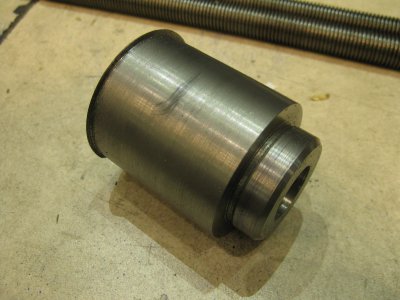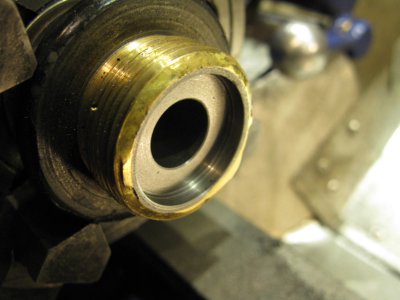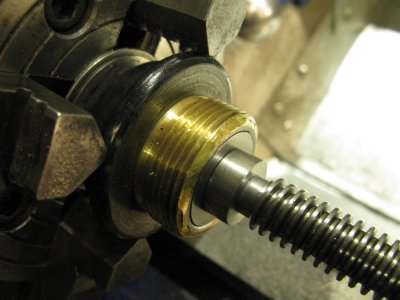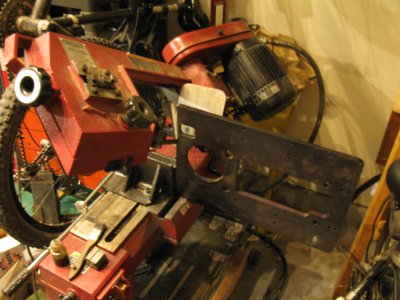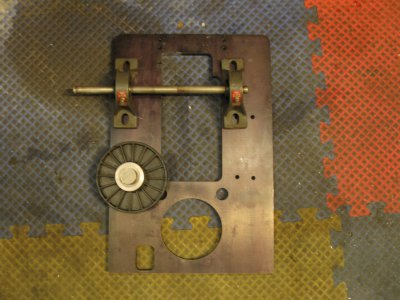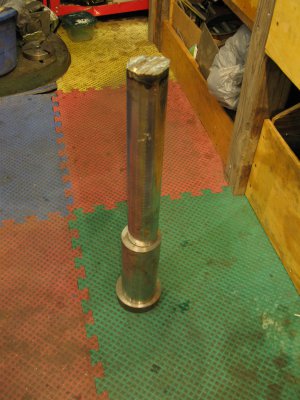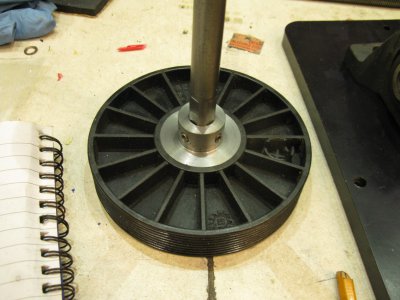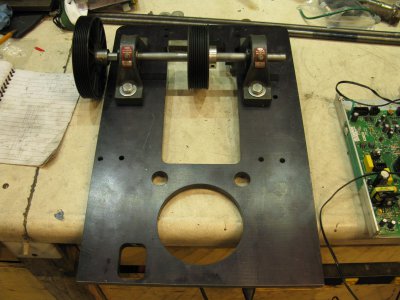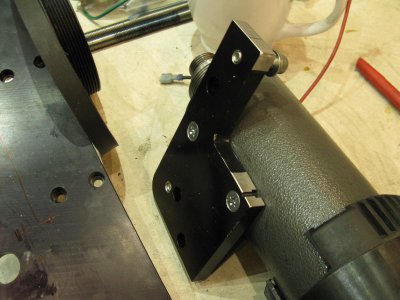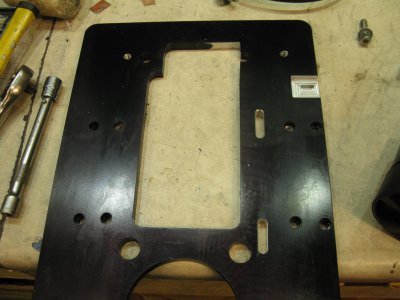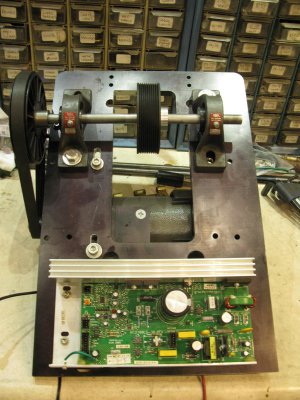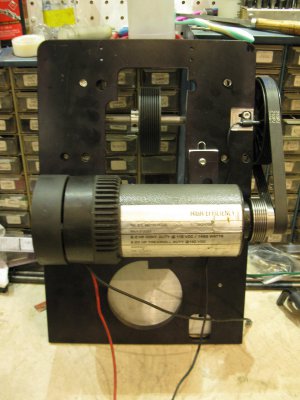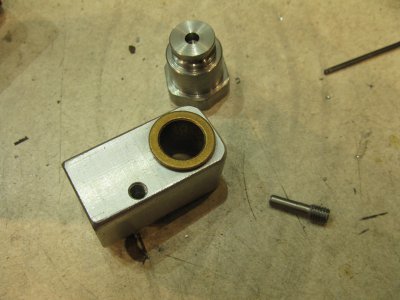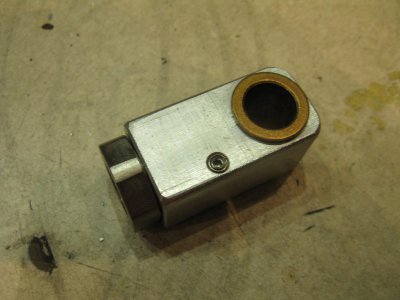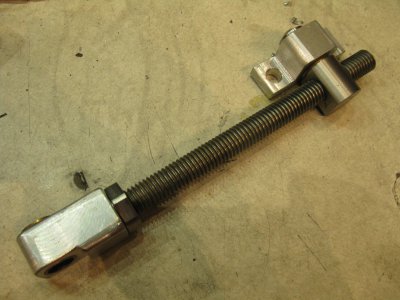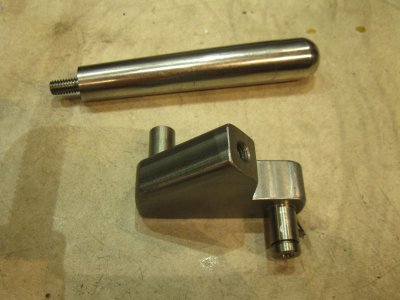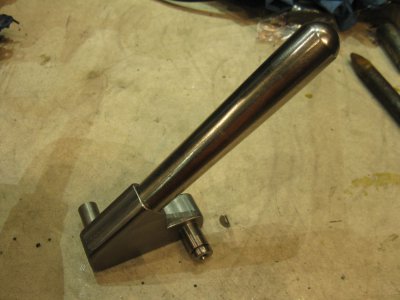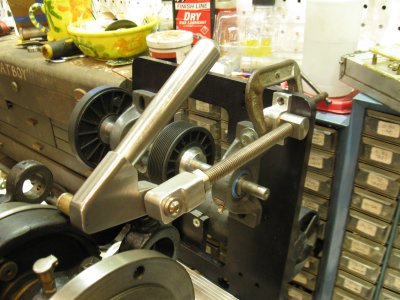- Joined
- Nov 14, 2014
- Messages
- 851
Interestingly there have been several styles of “Japanning” over the years. Lacquer was a very popular form of Japanning for European made wood furniture in the 1880’s. It supposedly originated in Paris by French furniture makers to duplicate Japanese furniture finishes when oriental design became fashionable (but expensively unobtainable) in Europe.The original finish isn't really a paint. It's called "Japanning", which is a lacquer-style "varnish". It is thick, and one of the most durable finishes you can get. If you still have that, keep it. I didn't have it on a few parts, so I had to paint. The paint has bumped off already, while the areas of japanning (still in heavily used areas) is properly protected. If the steady is a different color, it likely does not have the same finish, and you can always paint it to match when the paint starts to wear.
However around 1900 and afterwards, machine tools used Gilsonite, a bituminous mineral, called Asphaultum, as the Japanning finish, not lacquer. Gilsonite is still mined today in Utah and Iran. It is formulated with equal parts boiled Lindseed oil and two parts turpentine, then heated and mixed to create a liquid, then sprayed on the surface in several coats, and baked at around 450 degrees F, until the liquid crystallized and dried. It forms a very tough, impervious surface. Hence you will see little to no rusting or oxidation on Gilsonite covered surfaces. Gilsonite is usually black on SB lathes, as the factory also added lamp black (carbon) to formulation, to give it the ever popular japanning black color.
One easy way to test for Asphaltum is to dab a bit of Acetone to the surface and rub it in with a cotton swab.If Gilsonite, the acetone will slowly dissolve the finish and make a slurry, which you can spread and use to repair little dings in the finish. When it dries, it will recrystalize and look indistinguishable from the rest of the surface. If lacquer, the acetone will thin and remove the finish, much like removing varnish.
My bet is your SB is actually Gilsonite finished. My SB is a 1925 model, has the original finish and seems to be Gilsonite.
BTW, Ford used the same asphaltum finish on all their early day Model A and Model T undercarriages. I’ve heard that some car manufacturers continued to use it well past WWII into the 50’s and 60’s.
It’s still mined In Utah where you can buy small quantities on line from the company store, or in industrial quantities from Gilsonite Company headquartered in Turkey and Iran.
Glenn


